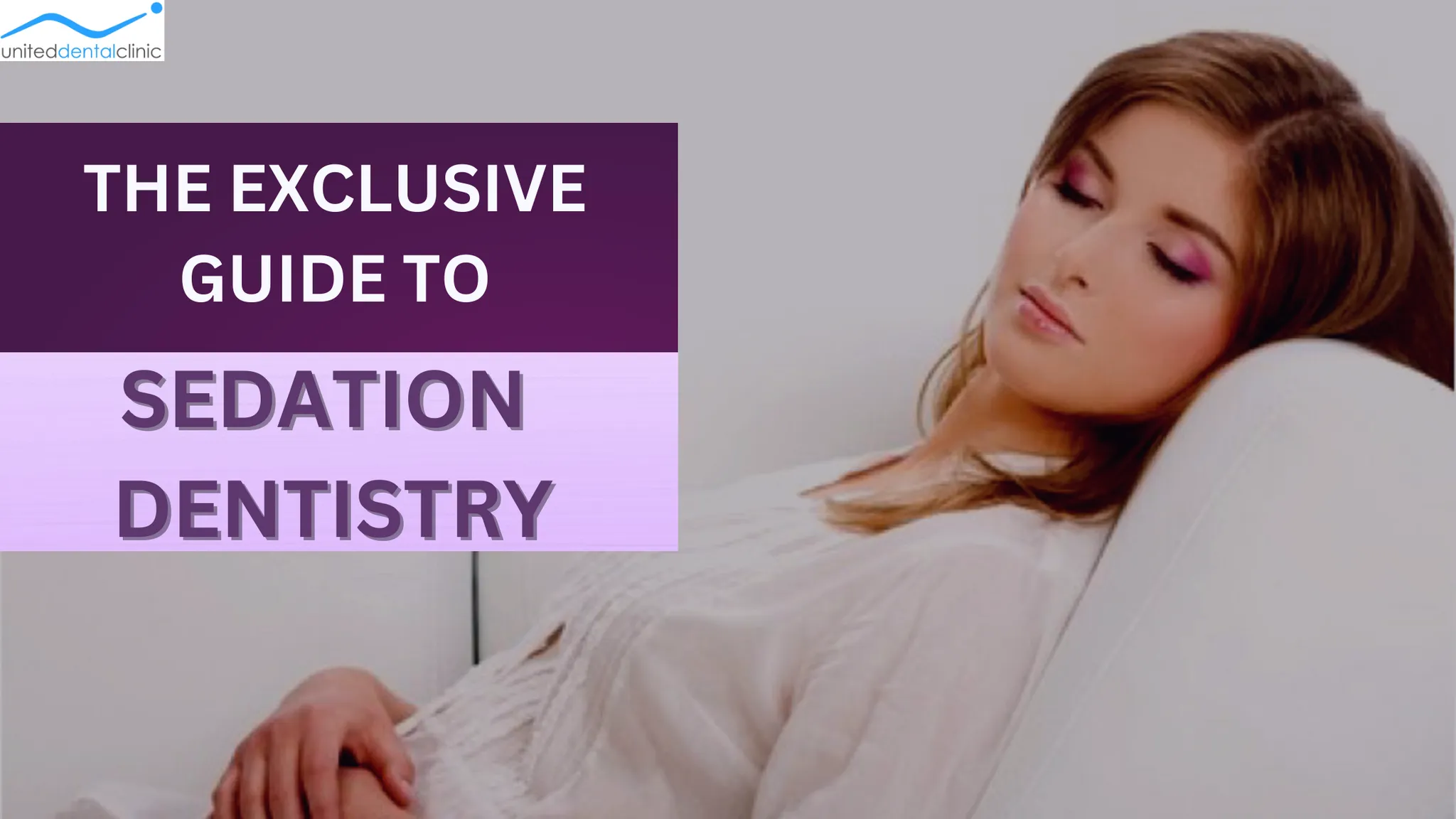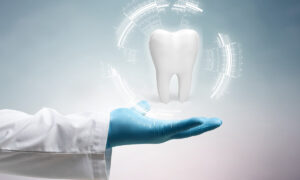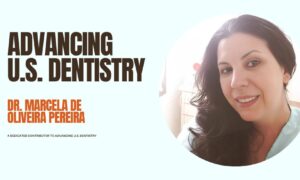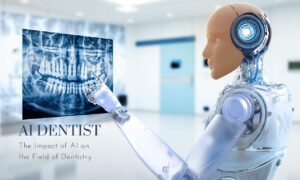It is not uncommon for people to be afraid of going to the dentist. Some people, however, get panic episodes and acute anxiety during these trips.
Many people refrain from visiting a dentist because they are afraid of them. They postpone dental checkups and even put up with tooth and gum discomfort to avoid these appointments.
As a result, they compromise their teeth and general health in this manner. However, sedation dentistry can aid in certain cases.
Sometimes, dentists also try to incorporate large photographs of canyons, national parks, and beaches on their ceilings to help relieve patients’ anxiety. Moreover, they also allow patients to wear headphones and eliminate machinery noise.
Nevertheless, patients experience fear and anxiety, necessitating sedation dentistry.
What is sedation dentistry?
Sedation dentistry is a branch that uses medications to allow patients to relax during their treatment. It is sometimes also called ‘sleep dentistry.’
Sedation dentistry can help you feel quiet, comfortable, and at ease during dental operations. It is a moderate amount of sedation, so you are technically awake but quite relaxed.
It induces a condition of short-term amnesia (forgetfulness) in which you are insensitive to pain but does not lose consciousness.
Types of sedation dentistry
Sedation dentistry levels vary depending on your specific needs. Your level of anxiety, the duration of your operation, your medical history, and your personal choices are all factors.
-
Nitrous oxide
Nitrous oxide is also referred to as “laughing gas.” The calming effects begin within three to five minutes of inhaling nitrous oxide through a mask or nosepiece.
Your dentist manages the quantity of sedation you get and modifies the doses as needed throughout the treatment.
After your treatment, your dentist will administer pure oxygen to flush the nitrous oxide from your system. You can drive yourself home after the surgery since the laughing gas leaves your system so rapidly.
-
Oral conscious sedation
Oral conscious sedation involves your dentist administering sedative medicine, typically in tablet form, an hour before your treatment.
Most dentists use triazolam, a diazepam derivative. However, your dentist can also utilize other drugs, such as zaleplon and lorazepam. In pediatric dentistry, dentists frequently employ liquid sedation.
Oral sedation causes drowsiness and causes you to fall asleep. You will, however, be able to converse with your dentist if required, and you will be gently prodded awake.
As oral sedation temporarily impairs your memory and motor skills, you will require the assistance to drive you home following your procedure.
-
Deep sedation and general anaesthesia
During the procedure, you will be given medications that will render you either almost unconscious or completely unconscious (deeply asleep).
You cannot easily be awakened under general anaesthesia until the effects of the anaesthesia wear off or are rolled back with medication.
Your dentist might use general anaesthesia for dental crowns and bridges.
-
Intravenous sedation
The most profound kind of conscious sedation accessible in a dental practice is IV sedation dentistry.
Here, sedative drugs are administered directly into your bloodstream via an IV line. During the procedure, your dentist will monitor your blood pressure, heart rate, and oxygen levels.
They can modify your dosage at any time and, if required, employ reversal drugs.
Most patients who have IV sedation dentistry fall asleep and wake up with little to no recall of their procedure. However, this is the best option for people with severe dental anxiety or undergoing lengthy and complex treatments.
Also Read: How To Remove My Braces Quickly?
What does the sedation dentistry procedure entail?
You will need to follow administration instructions before your appointment, depending on the type of sedation you and your dentist select.
Oral sedatives should be taken approximately an hour before your treatment. On the contrary, nitrous oxide requires no preparation.
If you have general anaesthesia, you must avoid eating and drinking for many hours before the treatment. Also, avoid taking certain prescription drugs, Tylenol or Ibuprofen, before your appointment, as they can interfere with general anaesthetics.
Following your dentist’s suggestions helps ensure a painless dental visit.
Sedation dentistry FAQs
1. Who can get sedation dentistry?
Sedation dentistry is for people who are extremely anxious about dental operations like dental crowns and bridges, are sensitive to pain, and cannot tolerate it.
It is also appropriate for those with a strong gag reflex, sensitive oral nerves, or difficulty becoming numb. Sedation dentistry is also appropriate for young children and people with physical or mental disabilities.
2. Can you eat before getting sedation dentistry?
You are not permitted to consume any solid or semi-solid food for six hours before the dental surgery. However, you can consume liquids two hours before the operation.
This is because after receiving sedation dentistry, your body’s reflexes momentarily halt. This implies that when digestion is at a halt, and you consume food, it will cause you to vomit or have food trapped in your throat.
3.Is sedation dentistry safe?
Sedation dentistry is generally thought to be risk-free for patients.
There are no perils if an experienced dentist administers the sedation dentistry drug. However, individuals who are obese or have obstructive sleep apnea should consult their dentist before receiving sedation dentistry.
4.Can I drive after sedation dentistry?
The ability to drive following sedation is dependent on sedation dentistry medicine. It also depends on the person’s bodily reactivity to lose the sedative effect.
However, laughing gas is the only type of anaesthesia that allows the patient to drive home. In all other circumstances, the patient should not drive.
5. Does dental insurance cover sedation dentistry?
Before contemplating sedation dentistry, it is critical to check with your dental insurance provider since your policy may or may not cover it.
Due to its medical necessity, general anaesthesia might be covered by dental insurance policies. Moreover, several insurances include a maximum cost, such as the charge for dental treatment + the cost of sedation.
Conclusion
Millions of Aussies are now considering sedation dentistry to complete treatment that has been put off for years and to restore their dental health and wellness.



































